What Is Aamchur? Your Complete Guide to Mango Powder
Aamchur (also spelled amchoor) is a pale yellow spice made from sun-dried and ground unripe green mangoes. This traditional Indian ingredient delivers concentrated tangy flavor without adding moisture, making it essential for dishes where liquid acids like lemon juice or vinegar would compromise texture. Unlike substitutes, aamchur provides stable malic acid-based sourness that intensifies during cooking rather than dissipating.
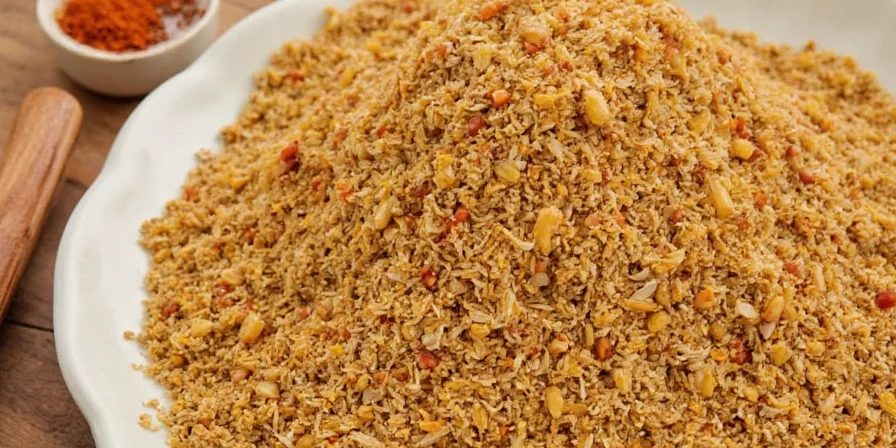
Is Aamchur the Same as Amchoor? Clarifying Common Confusion
Yes, aamchur and amchoor refer to the exact same product—sun-dried mango powder. The spelling difference comes from regional pronunciation variations across India. When searching for recipes or purchasing, both terms will yield identical results. This clarification addresses the most frequent beginner question about this spice.
- Correct Pronunciation: Uh-um-choor (not "am-choor")
- Key Identification: Uniform pale yellow color with no dark specks
- Common Misconception: Not made from dried mango slices (uses only unripe fruit pulp)
| Comparison | Lemon Juice | Vinegar | Aamchur |
|---|---|---|---|
| Moisture Content | 92% | 94% | 3-5% |
| Acid Type | Citric (sharp, volatile) | Acetic (pungent) | Malic (sustained, integrated) |
| Ideal For | Finishing dishes | Preserving, pickling | Dry applications, slow cooking |
| Substitute Ratio | 1 lemon = 1 tsp aamchur | 1 tbsp vinegar = ¼ tsp aamchur | 1 tsp aamchur = 2 lemons' acidity |
Why Home Cooks Need Aamchur in Their Pantry
If you've ever wondered "what is aamchur used for?", this explains its unique value: it solves three common cooking problems that liquid acids can't. First, it prevents sogginess in fried foods like pakoras and samosas. Second, it maintains gravy consistency in slow-cooked dishes where lemon juice would dilute the sauce. Third, its enzymatic properties tenderize meats more effectively than vinegar at room temperature—crucial for perfect tandoori chicken without curdling yogurt marinades.
Top 5 Practical Aamchur Uses for Beginners
- Quick Tamarind Substitute: Replace tamarind paste 1:1 in chaat recipes (Kala Chana Chaat especially benefits)
- Fry Crispiness Secret: Add ¼ tsp to chickpea batter for pakoras to maintain crunch
- Marinade Enhancer: Mix 1 tsp with 1 cup yogurt for meats (prevents curdling while tenderizing)
- Gluten-Free Baking Aid: Add ¼ tsp to flatbreads for subtle tang without moisture
- Coleslaw Preserver: Replace vinegar to keep cabbage crisp while adding sour notes
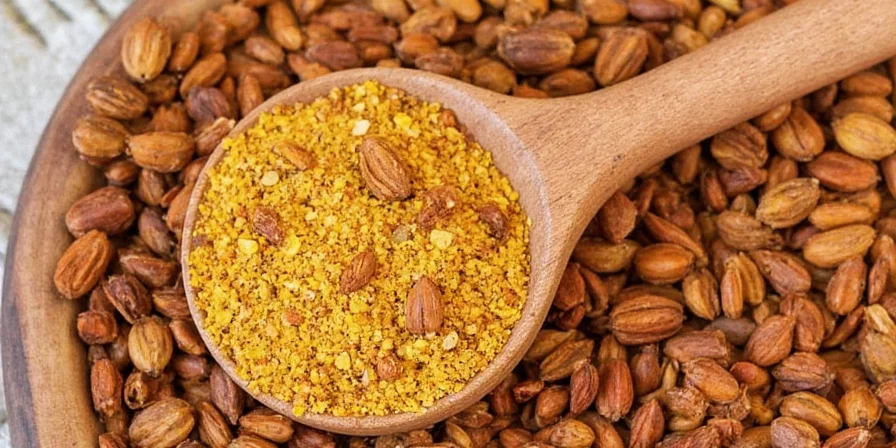
Aamchur vs Lemon Juice: When to Use Each
Many home cooks ask "can I substitute aamchur for lemon juice?" The answer depends on your dish. Use aamchur when:
- Moisture would ruin texture (fried foods, dry rubs)
- You need sourness that intensifies with cooking time
- Creating layered flavor profiles that evolve during eating
- Immediate bright acidity is needed (finished dishes)
- Recipe specifies fresh citrus flavor
- Moisture content benefits the dish (soups, sauces)
Where to Buy Aamchur and Proper Storage
Finding authentic aamchur can be challenging. Look for it in Indian grocery stores labeled as "dry mango powder" or "amchoor." Online, search for "pure aamchur powder no additives" to avoid blends. When buying, verify freshness by rubbing powder between fingers—it should release immediate tangy aroma.
- Storage Secret: Keep in amber glass container with silica packets below 60% humidity
- Shelf Life: 6 months at room temperature, 12 months refrigerated (acclimatize before use)
- Freshness Test: Mix ¼ tsp with 2 tsp water—should create sharp acidity instantly
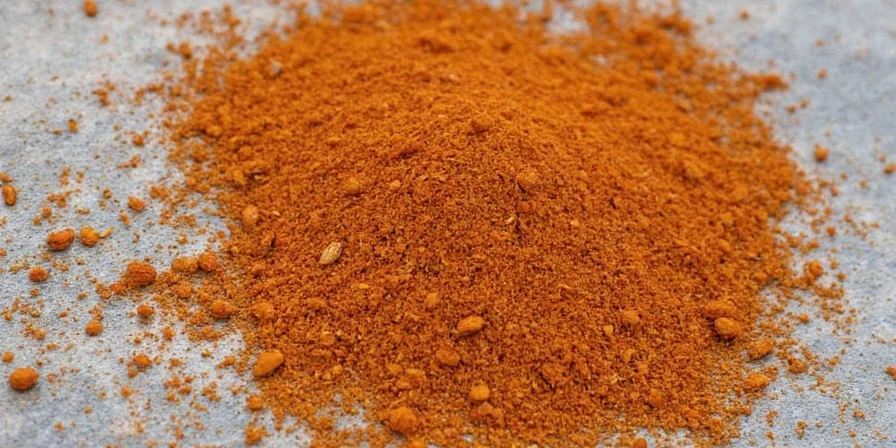
Aamchur Substitutes When You Can't Find It
When searching "aamchur substitute", most guides suggest incorrect alternatives. True substitutes must provide dry sourness. Best options:
- Best Overall: Tamarind powder (use 1:1 ratio but has different flavor profile)
- Budget Option: Dry mango powder blends (check for added spices)
- Emergency Fix: 1 part citric acid + 3 parts rice flour (use half amount of aamchur)
- Avoid: Sumac (different flavor), lemon zest (adds moisture), anardana (fruitier)
Science-Backed Cooking Tips Professionals Use
Understanding malic acid's properties (pH 3.4 vs citric's 2.2) explains why aamchur behaves differently. For perfect results:
- Timing Matters: Add early in curries for integrated sourness, late in chaats for bright notes
- Meat Science: Works best in yogurt marinades (enzymes activate at pH 4-6)
- Flavor Layering: Combine with asafoetida for enhanced umami interaction
- Global Fusion: Use in Mexican salsas to prevent tomato breakdown
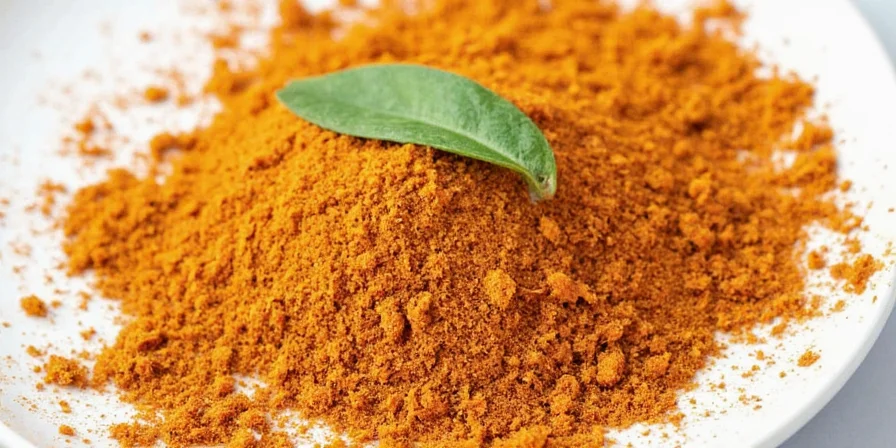
Frequently Asked Questions
What is aamchur made of?
Aamchur is made exclusively from unripe green mangoes that are peeled, sliced, sun-dried until brittle, then ground into powder. No additives or preservatives are used in authentic versions. The Alibag region of Maharashtra produces particularly aromatic batches due to microclimate conditions affecting mango acidity.
Can I use aamchur instead of lemon in recipes?
Yes, but adjust quantities carefully. Use ¼ tsp aamchur per lemon called for in recipes where moisture matters (fried foods, dry rubs). For dishes where liquid is acceptable (soups, sauces), use lemon juice instead as aamchur provides different flavor development. Never substitute equal volumes—aamchur is highly concentrated.
Why isn't my aamchur tangy anymore?
Loss of tang indicates moisture exposure or age. Test freshness by mixing ¼ tsp with 2 tsp water—fresh aamchur creates immediate sharp acidity. Proper storage requires below 60% humidity with silica packets in airtight amber containers. Discard if aroma diminishes after 6 months at room temperature or 12 months refrigerated.
Is aamchur healthy?
Yes, aamchur retains mango's natural enzymes and malic acid which aid digestion. Unlike processed souring agents, it contains no additives when pure. One teaspoon provides approximately 5% of daily fiber needs and natural antioxidants. However, those with mango allergies should avoid it, and excessive use may cause acidity issues in sensitive individuals.

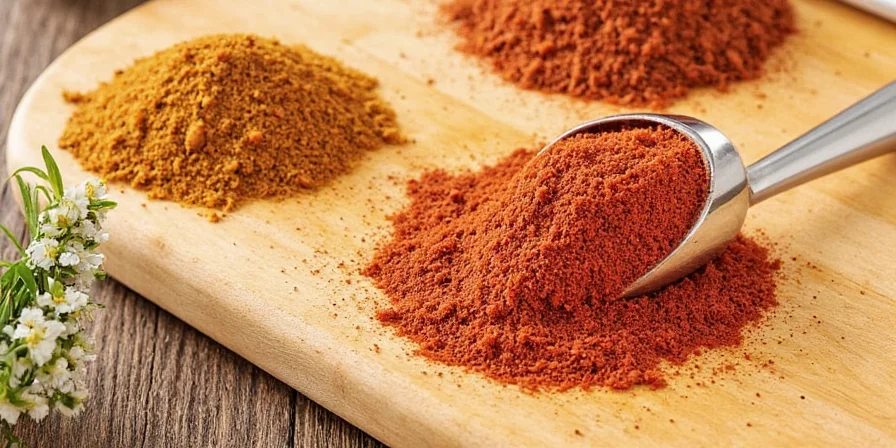









 浙公网安备
33010002000092号
浙公网安备
33010002000092号 浙B2-20120091-4
浙B2-20120091-4